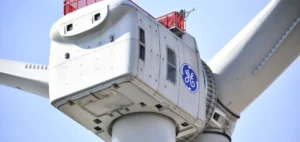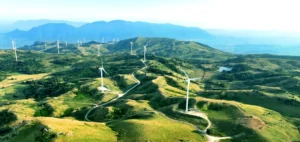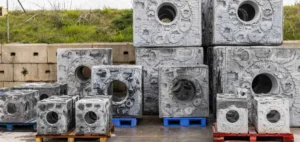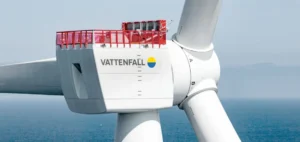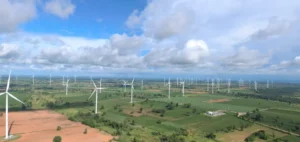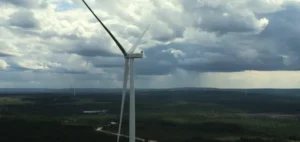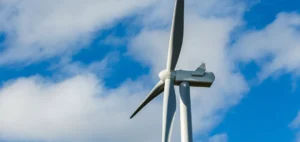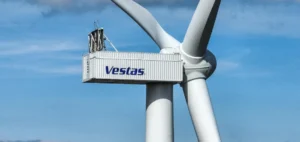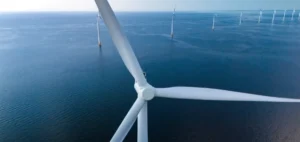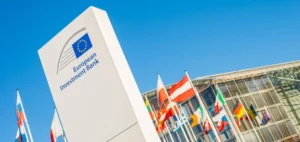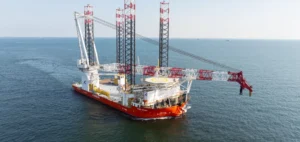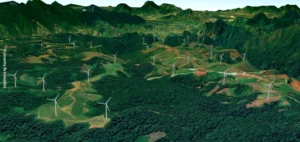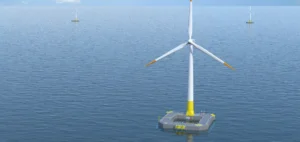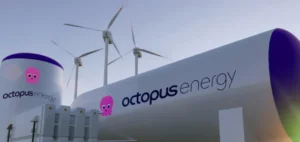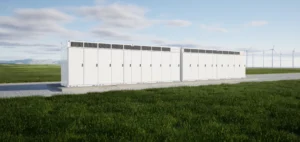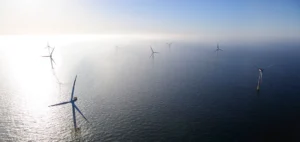German energy company Siemens Energy on Monday reassessed the cost of charges linked to defects in wind turbine components produced by its subsidiary Gamesa at 1.6 billion euros, resulting in a record third-quarter loss of 3 billion euros.
Siemens Energy Forecasts Costs to Repair Wind Turbine Problems
“Expected costs to remedy the quality problems (of the wind turbines, ed. note) were taken into account in Q3, with charges for future expenses amounting to 1.6 billion euros,” the group said in a statement on Monday.
Siemens Energy, Germany’s leading wind turbine manufacturer and one of the world’s largest, warned in June of the scale of the problems in its wind power business, provisionally announcing a cost of “more than a billion euros” to resolve the quality defects identified in the turbines.
“The bulk of the anticipated repair costs are expected in fiscal 2024 and 2025,” the group said on Monday.
In addition to the 1.6 billion euros set aside for equipment repairs, Gamesa booked a 600 million euro charge for higher product costs in the offshore sector in the third quarter of its last financial year. Between April and June, the total charge for this division reached 2.2 billion euros, weighing on Siemens Energy’s results.
Major Financial Challenges: Siemens Energy Forecasts Consequential Losses for the Year
The Munich-based group posted a record net loss of “2.9 billion” in the third quarter. For the year as a whole, it is now forecasting a massive loss of 4.5 billion euros, compared with “more than 712 million” previously. Its good results in its traditional gas and networks businesses mitigate somewhat the wind energy debacle.
At the heart of the problems encountered are faulty components, mainly related to bearings and rotor blades on land-based turbine installations. When Siemens Energy revealed these difficulties in June, the company’s share price fell by more than 30%, the steepest decline on the Frankfurt stock exchange since the scandal-ridden bankruptcy of payment service provider Wirecard in June 2020.
The Group now states that it has “set up a special committee to carry out a detailed investigation” into these failures, and has ended its cooperation with the suppliers concerned.
Market Turbulence: Siemens Energy Adapts to the Challenges of the Wind Power Sector
In the wake of this news, the Group’s share price was highly unstable, plunging by almost 5% on the Dax of the Frankfurt Stock Exchange, before recovering to take first place on the index, with a rise of 2.65% at 08:08 GMT, before slipping back into the red at the end of the morning. Aside from the difficulties, investors also noted the strong increase in orders enjoyed by Siemens Energy in the third quarter, with orders “doubling” year-on-year.
“We believe as never before in the potential of wind power,” said Group CEO Christian Bruch at a press conference on Monday.
Siemens Gamesa’s difficulties have been weighing on the German group for a long time, prompting Siemens Energy to take full control of the company last year after having been a shareholder for several years.
The Munich-based group wanted to simplify its financial communications and exploit synergies between its divisions, which include power turbine construction and power transmission. But these expectations were soon dashed by the overall difficulties facing the wind energy sector in Europe, which also affected the sector’s number one, Denmark’s Vesta. Despite booming demand, the entire sector is currently in turmoil, with soaring material prices, persistent supply chain bottlenecks and competition from China.




